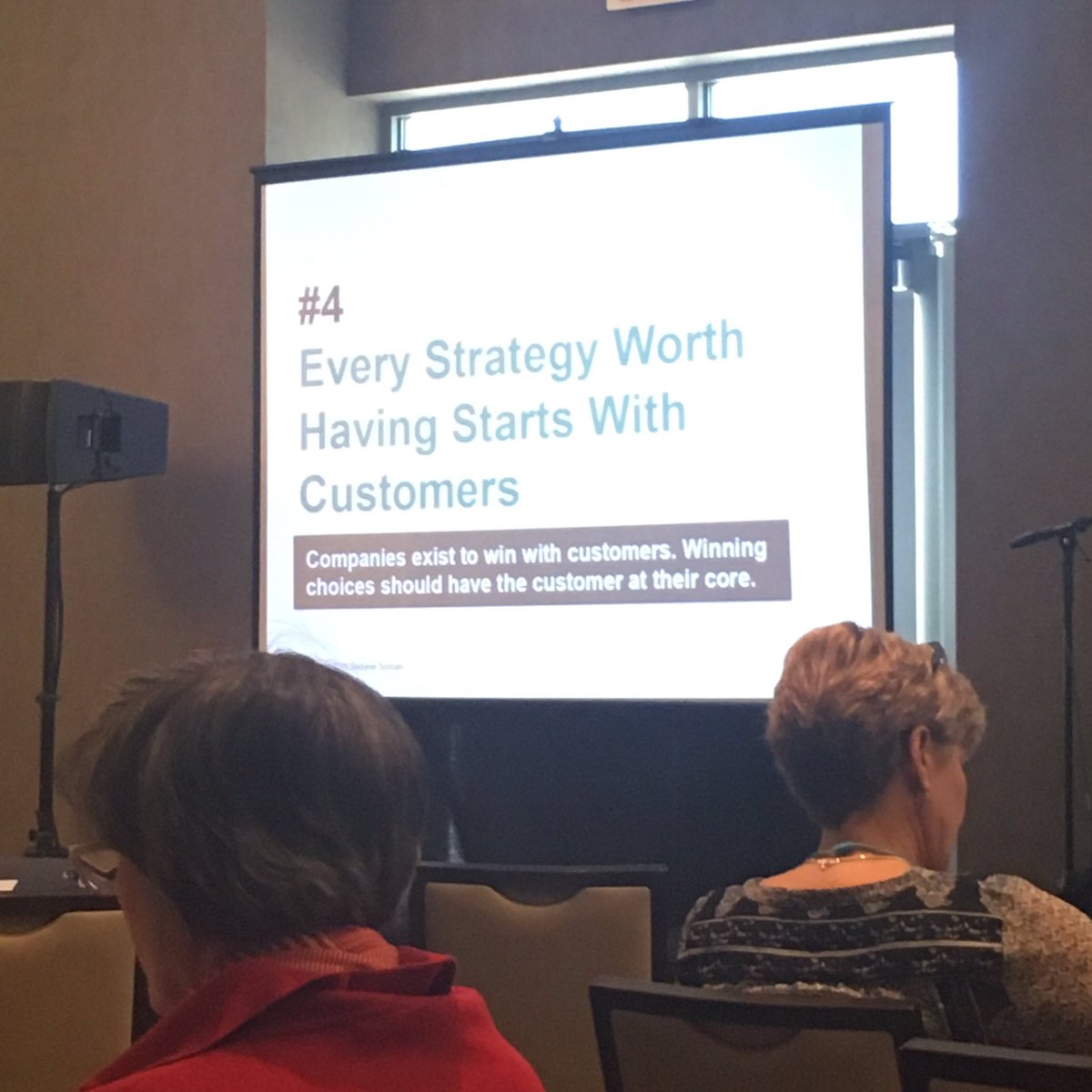Another Monday, another round-up of the week’s top resources for marketing to baby boomers and beyond.
MOST SHARED: We have a tie!
1. ‘Be “good enough” in areas customers don’t care about. Be BEST where they DO care.’
This was the advice given by Stefanie Schram, Director of Intervention Design at Toronto’s Martin Prosperity Institute, to the audience gathered for the 2016 SMASH conference.

Several Creating Results team members were in attendance at SMASH, an annual event for senior care marketing professionals from both the for-profit and not-for-profit sides. We also shared our own expertise as featured speakers in a session on search engine marketing and search engine optimization.
Next week on this blog we’ll recap some of the insights that hit home.
55+ Marketing Tip: Does your team even know what your targets care most about? How long has it been since you surveyed current and prospective residents to be sure your messaging aligns with their priorities?
2. ‘Senior living must be “louder” & more strategic to prevent workforce crisis.’
Senior Housing News reported from another conference, the 2016 National Investment Center for Seniors Housing & Care Fall Conference, shining a light on the significant labor shortages already occurring in health care.
As Tim Mullaney wrote,
‘These current workforce challenges only will grow sharper over time—a point not lost on providers such as Houston-based Belmont Village.
“As an industry, we have about a million jobs to form over the next ten years,” Belmont Village co-founder and CEO Patricia Will said last Thursday at the NIC conference. “A lot of those are replacements for folks who are retiring, a lot of them are expanding the net. Think about how daunting that problem is.”’
Read the article at http://bit.ly/2d3mcHL.
RELATED: How can we encourage more people to say “I want a career in senior living ‘When I Grow Up …'”? http://bit.ly/2d3Cvm9
MOST LIKED: New technologies are introduced weekly, if not daily. Are they opportunities or risks?
Your perspective will likely be influenced by your age. People under the age of 25 and those over 55 are more likely to see the risks. 35-44 year old (members of Generation X) are most likely to see the opportunities, as this chart illustrates.

55+ Marketing Tip: We found this insight through a nifty new Google tool, the “Consumer Barometer.” You can dive into data about the online attitudes and behaviors of consumers around the world. We appreciate how easy it is to build charts using filters that “slice and dice” the data by demographics (age, gender), device usage and more.
To give it a whirl, follow this link: http://bit.ly/2dlSsYO.
Remember, however, to not just chart the data but to apply it to your marketing planning. If you’re introducing a new technology to a 55+ audience, you’ll need to build in time and create content that explains the changes. Proactively address concerns about risks and frame the opportunities.
MOST SHARED: “Sex is rampant,” which apparently is why 1 of 8 citizens in the Italian town of Acciaroli are older than 100.
If you’d like to follow Acciaroli’s recipe for successful aging, here are the ingredients, per study authors Dr. Alan Maisel and Salvatore Di Somma:
- “energetic libidos [to] stay physically active and in good humor”
- eat the herb rosemary daily
- “daily slugs of local red or white wine”
- live in a region which has little pollution
- eat locally-grown food and avoid pesticides or herbicides
- keep moving
On the last point, The Daily Beast’s Barbie Latza Nadeau notes that Acciaroli’s unique location plays a role: “The city, which is built on a mountainside, makes even a trip to the market a steep hike, and the study found that all of the seniors do some sort of physical activity every day, whether swimming or gardening or sex.”
55+ Marketing Tip: Who are we to argue with science?
Actually, there is a 55+ marketing implication. It’s that too often marketers assume that people stop being sexual (or even in good humor) once they hit a certain age. Older adults have lived and want to continue living full lives, and our marketing shouldn’t try to dictate what “full” includes by pretending sexual or romantic aspects do not exist.
Read the article at http://thebea.st/2ddOkID.
Please share YOUR tips for successful aging, for workforce development, or for balancing “good enough” with “the best” in the comments section below. We want to know what you care about!


